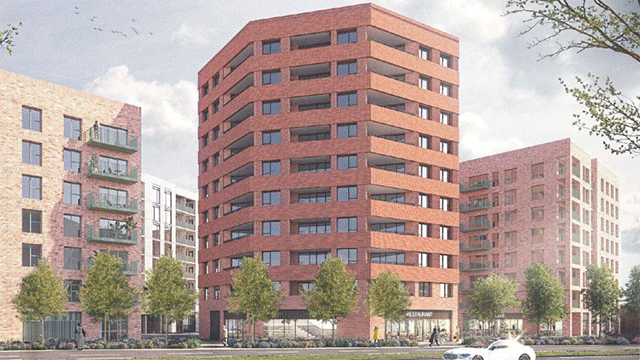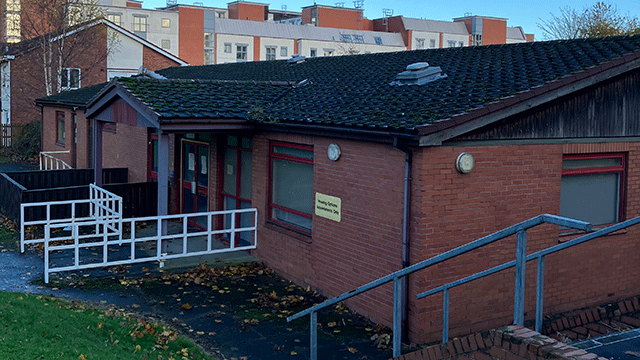COMMENT John Lewis has unexpectedly arrived as the latest player on the build-to-rent scene. As the pandemic expedites the shift to online shopping, the retailer is considering plans to convert excess space in its 50-store portfolio into affordable rental homes.
It follows news that John Lewis will not reopen eight stores as lockdown lifts, including two full-size department stores at intu Watford and Hammerson’s Grand Central shopping centre in Birmingham.
The prospect of rental housing overlooking Birmingham’s Bullring might not sound all that inspiring, but this could be a landmark moment for the industry.
The retailer-turned-developer trend is becoming increasingly common – with some of the biggest household names, from Ikea to Sainsbury’s, choosing to diversify and monetise their estates by building homes for sale. Similarly, commercial conversions to rental housing are nothing new; after all, permitted development rights spawned the first generation of BTR.
But this is different, marking the potential direct entry of a retail brand of this calibre and reputation into the market. One with assets in prime urban locations, and the potential to create BTR communities at scale.
So, what could a John Lewis Partnership BTR scheme look like and what does it mean for the wider sector?
Never knowingly underdeveloped
Councils eager to regenerate empty high streets will likely be keen to negotiate, rather than lose this prime anchor tenant – a John Lewis which is part-retail, part-residential is better than none at all. BTR schemes can also help to get footfall back into communities quickly, with a much faster occupation rate than developments for private sale.
It’s not yet clear how JLP will convert the space, but expanded PDR, allowing redevelopment of vacant commercial space, and anticipated zoning changes aim to support redevelopment of this sort. PDR allowing development without a local authority consent has been criticised for creating homes below nationally described space standards and lacking in natural light. But John Lewis has too much brand equity at stake to get this wrong.
The focus on affordable rents already hints that the partnership will be keen to ensure that any foray into residential development is in line with its broader corporate social policy and values. In developing affordable housing it will be important to ensure quality is not sacrificed.
Design will need to be considered carefully. Added to this will be the challenge of making the new developments feel and look like home, rather than a converted section of the cookware department, including the external aesthetics.
There are also changing consumer demands to think about, with the prospect of potential future lockdowns turning minds to space for home-working and private outdoor areas. If John Lewis’s stores are to be converted rather than demolished and rebuilt, there will be limited room for adding in residents’ gardens and balconies. Rooftop space, however, could provide an answer – often overlooked at design stage, but relatively easy to manage long term.
Challenging the sector
A seasoned veteran of our high streets, John Lewis already knows the importance of understanding its customers.
No doubt it will be contemplating the scope for synergy across an expanded retail and residential portfolio, with new, furnished apartments the perfect live-in showcase for its homeware and furniture lines.
Then of course there is John Lewis’s reputation for outstanding customer service, branding and PR, which it is likely to bring across – you can almost imagine the new straplines (responses on a postcard). With much discussion in BTR circles already about what good service should look like for residents, including learning lessons from retail and hospitality, how could this disrupt the sector?
There’s exciting change afoot in the BTR world. While lockdown has forced many retailers to make decisions to survive, it has also focused attention on housing and local neighbourhoods. The urban exodus has been overstated and people still want easy access to amenities, including transport links. John Lewis is ideally placed to capitalise on this.
And as other asset owners and operators look to shake-up their portfolios and planning changes embrace housing, there will be more opportunity for new market entrants. Existing BTR investors, developers and operators had better take note.
Meanwhile, I look forward to a future John Lewis Christmas ad promoting beautiful but affordable homes for rent, to strains of a sentimental acoustic cover.
Katherine Rose is director of BTR and PRS at Navana Property Group











